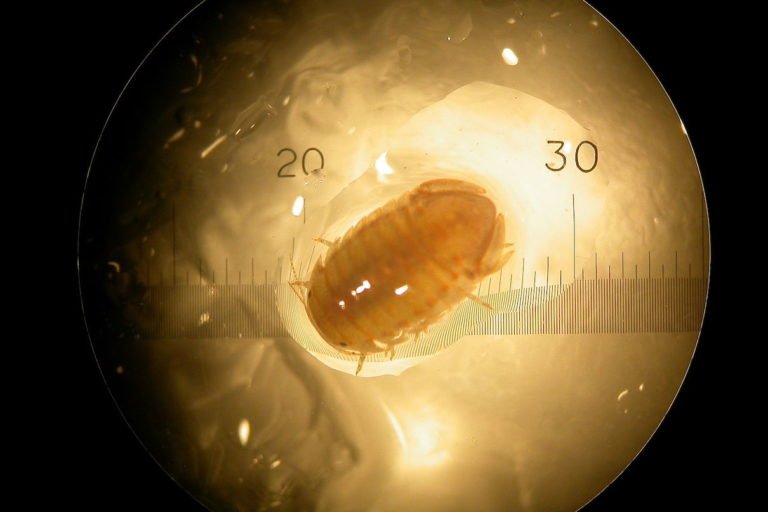- How do hawks and raptors hunt prey that flock, school or swarm? A new study suggests that rather than homing in on one animal, they aim toward a fixed point in space within a swarm.
- Researchers observed Swainson’s hawks and other raptors hunting amid swarms of nearly a million Mexican free-tailed bats as they left their roosting cave in the Chihuahuan desert in New Mexico, U.S.
- The researchers positioned high-definition video cameras around the mouth of the cave, allowing them to reconstruct in 3D the trajectories of the hawks’ attacks on the bats from the 2D video recordings.
- This study offers an explanation of how large groups of prey that appear confusing to human eyes because of their erratic movements don’t necessarily result in a confusion effect in predators.
Raptors are famous for their ability to home in on prey and attack with precision. But how does this work when they hunt animals that flock, school or swarm, forming bewildering displays that appear to move everywhere all at once?
A study published today in Nature Communications reports that Swainson’s hawks (Buteo swainsoni) and some other raptors solve this problem by aiming toward a fixed point in space within a swarm, rather than focusing on one particular animal.
“This study gives new meaning to the concept of �?keeping your eyes on the prize!’” Nico Arcilla, president of the International Bird Conservation Partnership, who was not involved in the study, told Mongabay in an email. “Except that in the case of Swainson’s Hawks attacking bats in a flock, apparently the key to success is keeping their eyes off the prize, off the individual bats themselves … and on the fixed point that is their target.”
A team of researchers went out to the Chihuahuan desert in New Mexico, U.S., to observe Swainson’s hawks and other raptors hunting amid swarms of nearly a million Mexican free-tailed bats (Tadarida brasiliensis).
“At dusk, the bats stream out of their cave roost site and the hawks then swoop down to make their attacks on the emerging ribbon of bats,” Caroline Brighton, a post-doctoral researcher in bird flight at the University of Oxford and lead author of the study, told Mongabay in an email.
Brighton and her team positioned high-definition video cameras strategically around the mouth of the cave so that the cameras’ fields of view overlapped. This allowed them to reconstruct in 3D the trajectories of the hawks’ attacks and of the bats they captured from the 2D video recordings.
“Until now, however, the speed at which these events were taking place was far too great for us to have any real understanding of the details,” Arcilla said. “How a raptor can hunt successfully in this environment has long been a matter of speculation.”

Swarming animals rely on safety in numbers. The seemingly chaotic swirl provides a sensory challenge for predators and reduces the chance of an individual in the swarm being singled out. Some researchers have said this tactic supports the confusion effect, meaning if predators are confused, they will have less success hunting. However, evidence supporting this effect is mixed.
This study offers an explanation of how large groups of prey that appear confusing to human eyes because of their erratic movements don’t necessarily result in a confusion effect in predators, Brighton said. The findings could have implications for studies of predation pressures on large groups of swarming, flocking, or shoaling prey species.
“The results suggest that the confusion effect may be less important to predators attacking dense swarms than has previously been assumed,” Brighton said, “and may explain why some visually guided predators, including raptors attacking bats, prefer to target larger or denser groups of prey.”
Citation:
Taylor, G. K., Brighton, C., Harding, C., Larkman, L., McGowan, K., Zusi, L., & Kloepper, L. (2022). Raptors avoid the confusion effect by targeting fixed points in dense aerial prey aggregations. Nature Communications. Doi: 10.1038/s41467-022-32354-5
Banner image of Swainson’s Hawk by Alan Schmierer via Flickr (Public Domain)
Liz Kimbrough is a staff writer for Mongabay. Find her on Twitter @lizkimbrough_
FEEDBACK: Use this form to send a message to the author of this post. If you want to post a public comment, you can do that at the bottom of the page.











